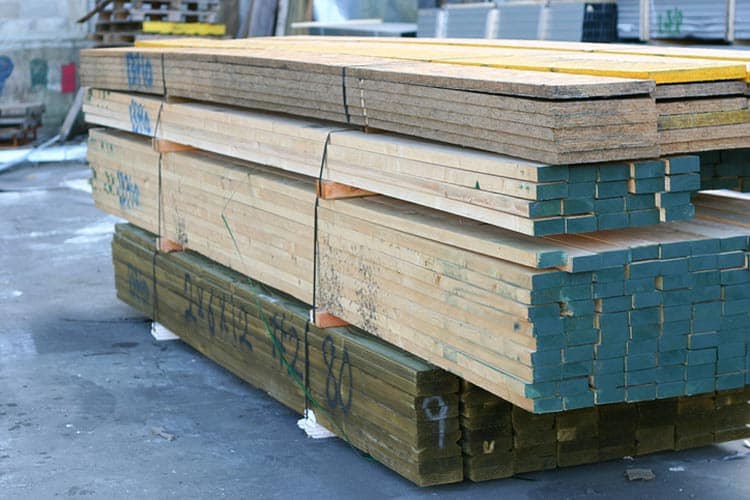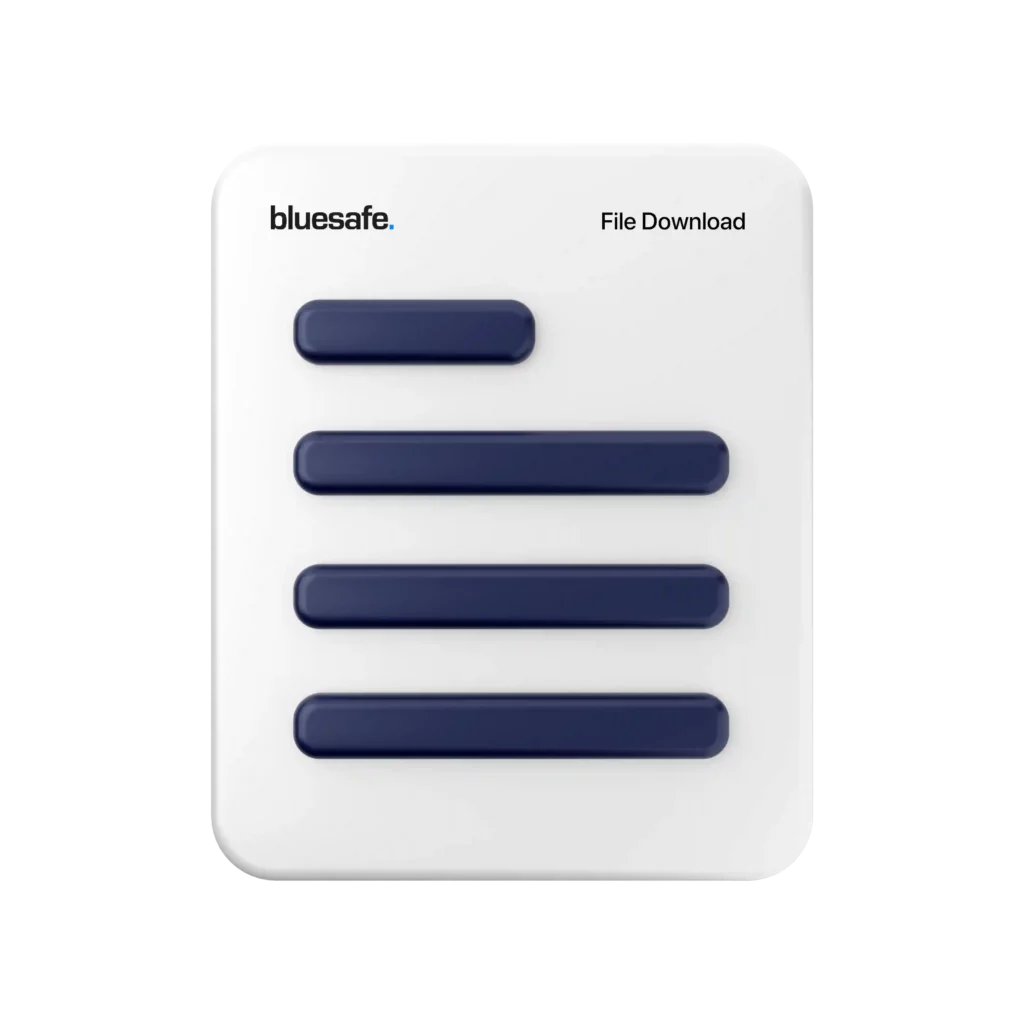Assessing any potential hazards is an essential skill that everyone should have. It’s all about identifying risks, evaluating them, and taking appropriate action to minimise the impact of these risks. Whether you’re running a business, managing a team, or just living your everyday life, knowing how to assess potential hazards can help you make better decisions and prevent accidents.
First and foremost, you need to develop a mindset that enables you to spot potential hazards before they become actual hazards. This involves paying attention to your surroundings and being aware of any potential danger. It’s not just about looking out for the obvious hazards like a slippery floor or a frayed wire; it’s also about identifying less obvious hazards like a loose tile on the roof or a weak spot in the fence.
Once you’ve identified a potential hazard, the next step is to evaluate it. You need to ask yourself questions like: how likely is this hazard to occur? What would be the consequences if it did occur? Who or what would be affected? And, most importantly, what can be done to prevent it from happening?
This evaluation process should involve a thorough analysis of the hazard, taking into account its likelihood, severity, and potential impact. For example, if you’re running a business and you’ve identified a potential hazard in your workplace, you need to evaluate the likelihood of the hazard occurring, the potential severity of the hazard, and the impact it could have on your employees, customers, and business as a whole.
Once you’ve assessed the potential hazard, the next step is to take appropriate action to mitigate the risk. This could involve implementing new procedures, installing safety equipment, or providing training to employees. The key is to take action that reduces the likelihood of the hazard occurring and minimises its impact if it does occur.
For example, if you’ve identified a potential hazard in your workplace that could result in an injury, you could implement new safety procedures to prevent the hazard from occurring. This could involve providing employees with personal protective equipment (PPE), installing safety guards on machinery, or conducting regular safety inspections to identify any potential hazards before they become actual hazards.
It’s important to remember that assessing potential hazards is an ongoing process. Hazards can arise at any time, and it’s essential to remain vigilant and aware of your surroundings. Regular risk assessments can help you stay on top of any potential hazards and take appropriate action to prevent accidents.
In conclusion, assessing potential hazards is an essential skill that can help you make better decisions and prevent accidents. By developing a mindset that enables you to spot potential hazards, evaluating them thoroughly, and taking appropriate action to mitigate the risk, you can create a safer environment for yourself and those around you. Remember, it’s an ongoing process, and staying vigilant is the key to preventing accidents and minimising the impact of potential hazards.
Cheers,

![]()






